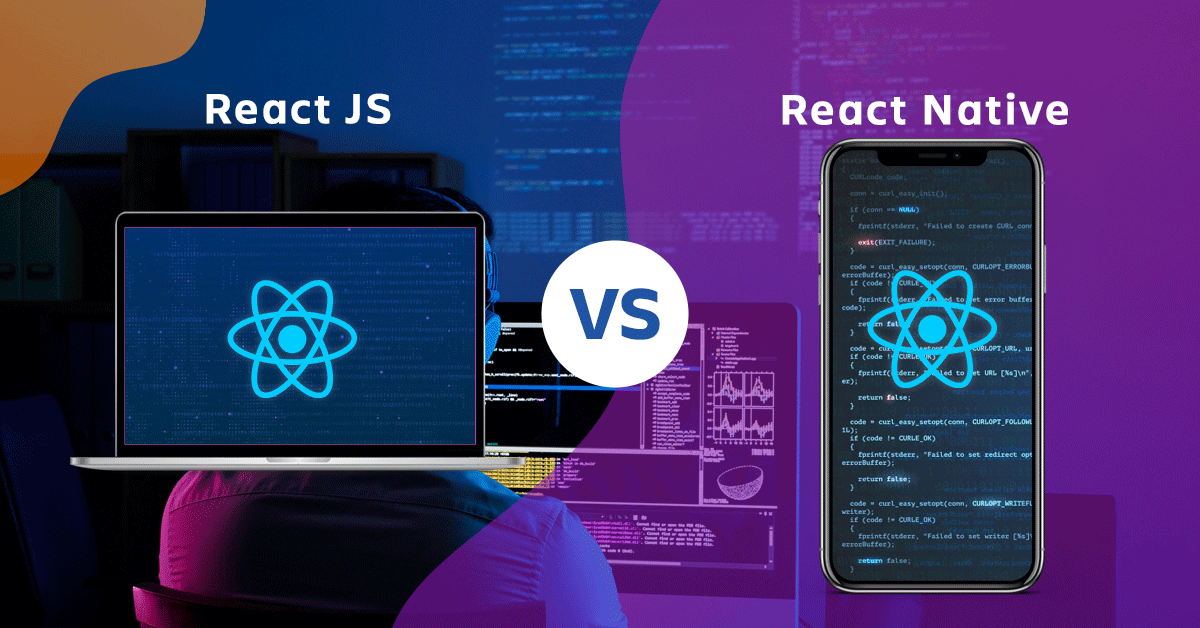
In the ever-evolving world of web and mobile development, Difference Between React and React Native stand out as two powerful tools that have revolutionized the way developers create user interfaces. But what exactly sets these two apart? Understanding the differences between React and React Native is crucial for anyone involved in app development, whether you’re a seasoned developer or just starting out. Let’s dive into the unique characteristics, similarities, and differences that define these two technologies.

React, also known as React.js or ReactJS, is an open-source JavaScript library primarily used for building user interfaces, particularly for single-page applications where data needs to be dynamically updated without reloading the page.
Developed by Facebook, React was first deployed on Facebook’s newsfeed in 2011 and later on Instagram in 2012. It was open-sourced in 2013, rapidly gaining popularity due to its innovative approach to building UIs.
React Native is a framework that allows developers to build mobile applications using JavaScript and React. Unlike React, which targets the browser, React Native targets mobile platforms.
Also developed by Facebook, React Native was released in 2015. It enables the development of mobile apps that feel truly native while maintaining the developer experience of React.

Both React and React Native share the principle of component-based architecture, which promotes reusable components.
Both technologies use JavaScript as their core programming language, making it easier for developers to switch between the two.
Both allow developers to build modular, encapsulated components that manage their own state.
React’s virtual DOM and efficient diffing algorithm significantly enhance performance for complex web applications.
While React Native offers near-native performance, it may not match the performance of applications developed with native code. However, it’s usually sufficient for most applications.
React continues to evolve with regular updates, focusing on improving performance and developer experience.
React Native is also advancing, with efforts to close the gap with native performance and add more native capabilities.
The difference between React and React Native lies in their platform focus and use cases. React is perfect for building dynamic web applications, while React Native excels in cross-platform mobile app development. Both are powerful tools that share many underlying principles, so choosing between the two depends on your project requirements, resources, and long-term goals.
O7 Services is a leading technology partner with ISO 9001:2015 certification, innovative solutions, and 24/7 support, ensuring business success in the rapidly evolving tech landscape.
O7 Services is a leading technology partner with ISO 9001:2015 certification, innovative solutions, and 24/7 support, ensuring business success in the rapidly evolving tech landscape.
© Copyright @ O7 Services Designed & Developed by O7 Solutions.